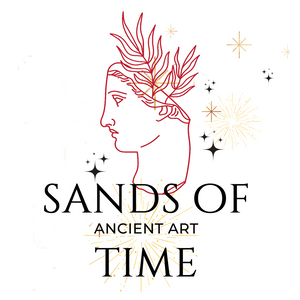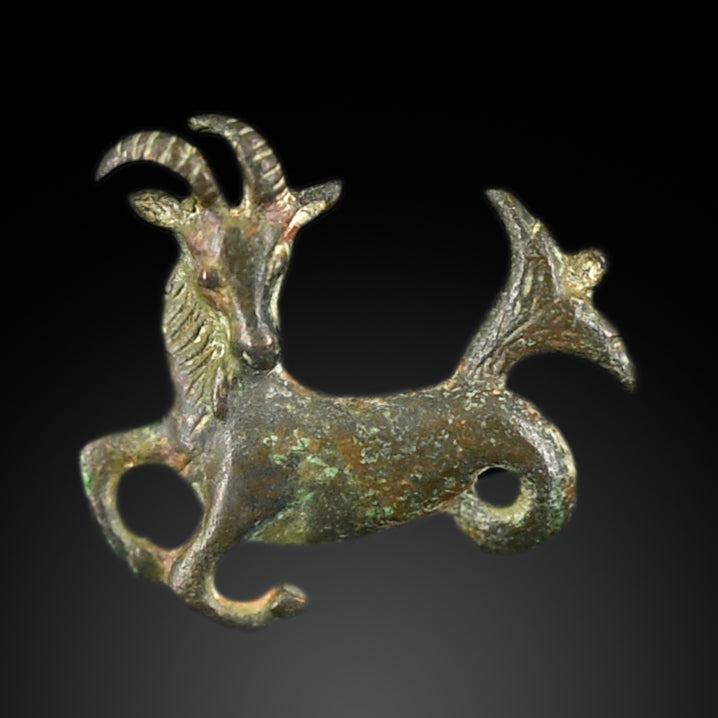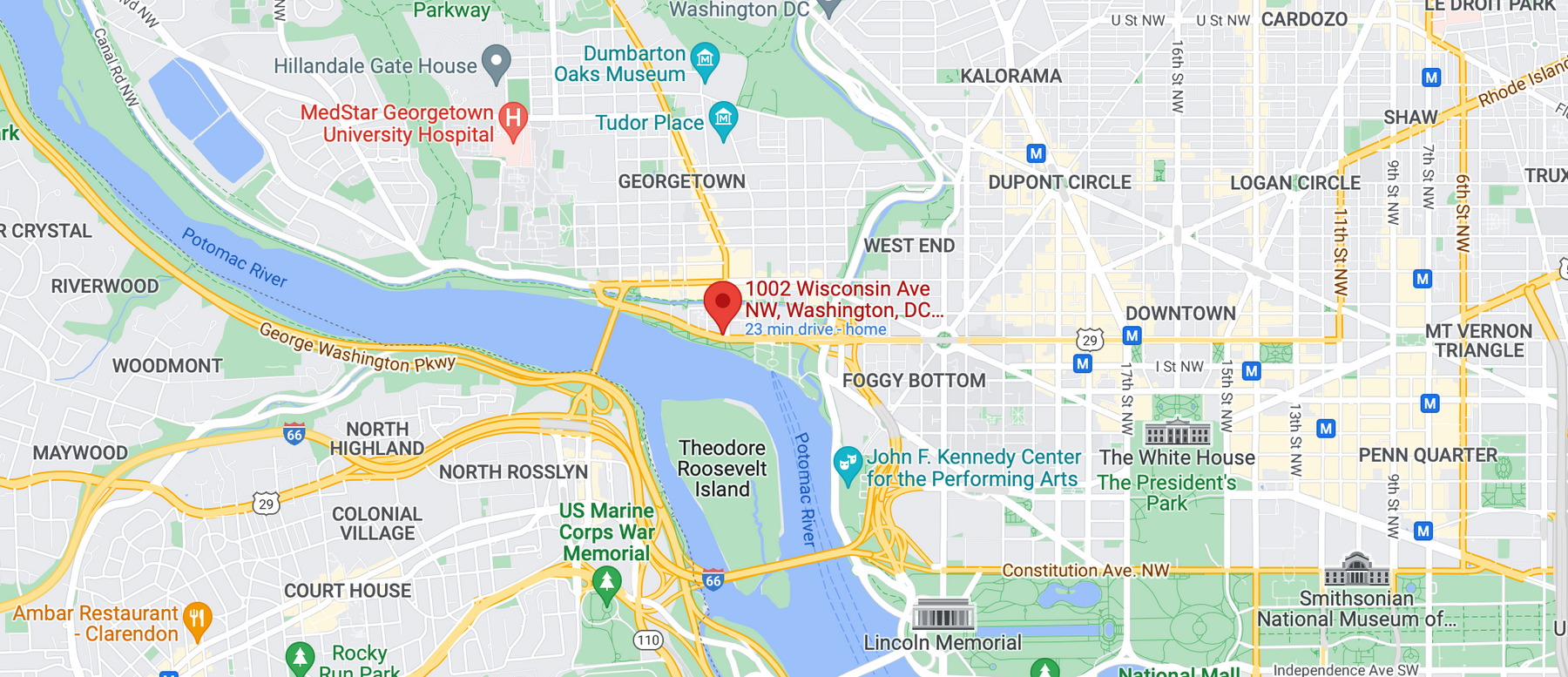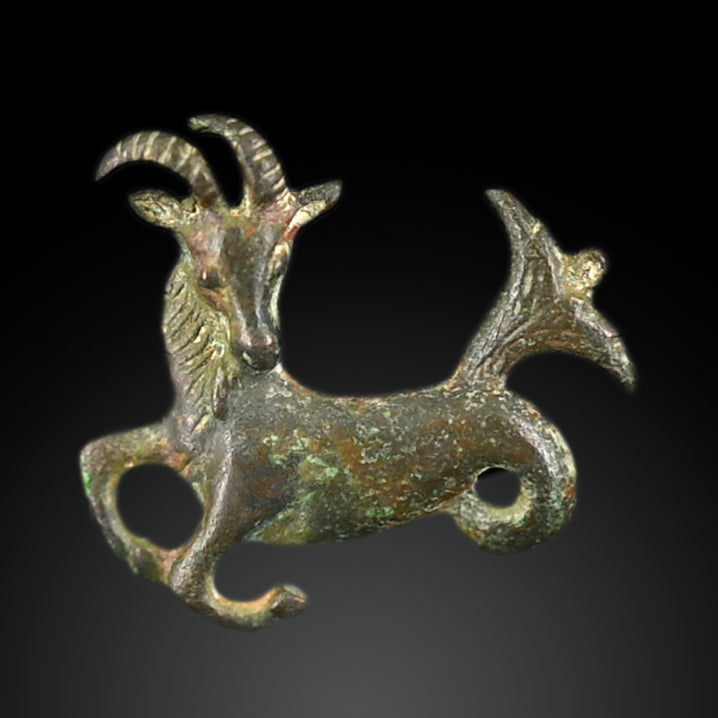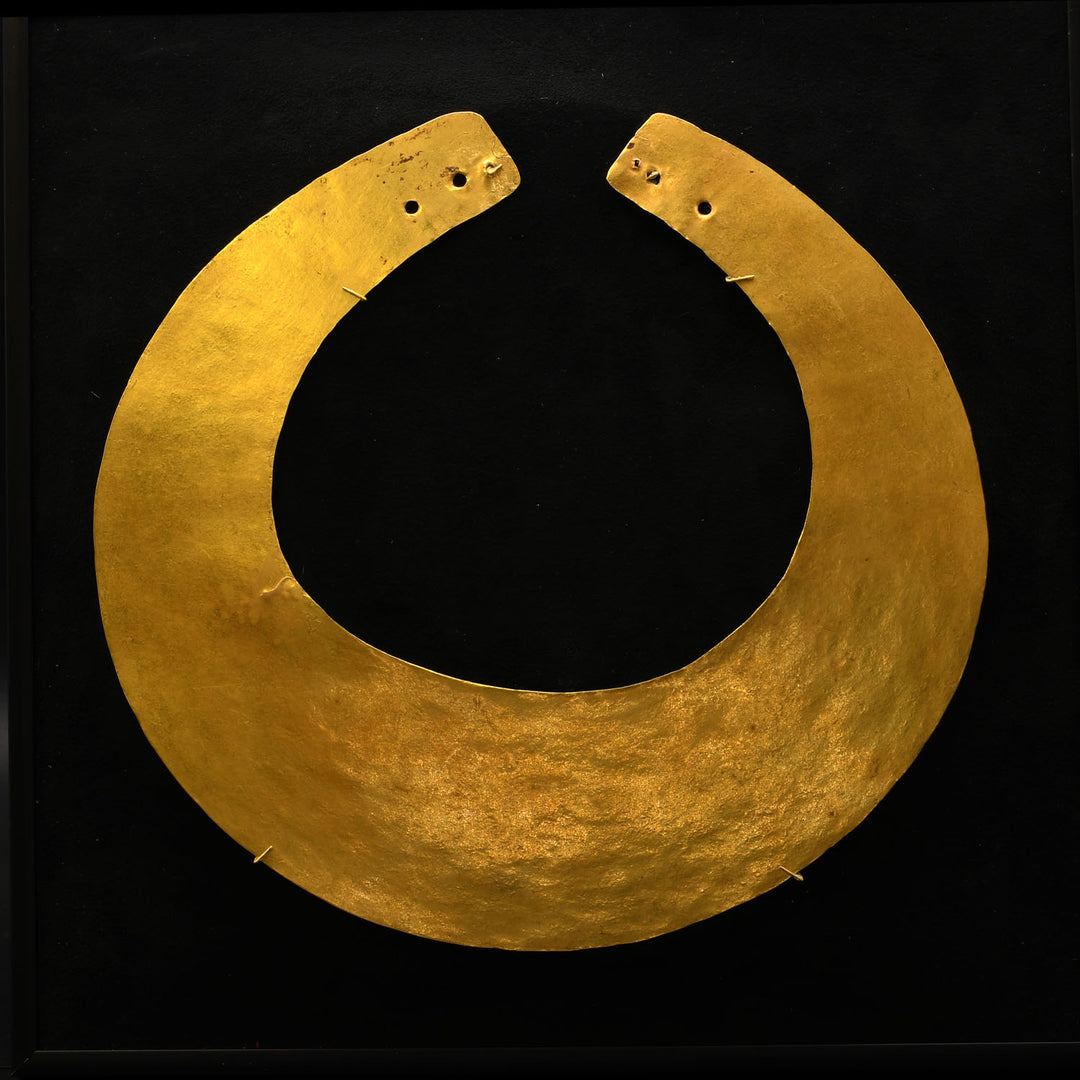A Sumerian Alabaster Scalloped-Edged Bowl, Early Dynastic IIIa, ca. 2600 – 2500 BCE
MV1701
- This object qualifies for free USA shipping and a flat rate fee of $60 if shipping internationally.
An exquisite shallow alabaster bowl with a scalloped rim decorated with an engraved line running the circumference, and a disc foot. Probably used as a votive vessel, this bowl would have been considered a luxury item used by the upper class.
Background: As clay was the most abundant material found in the Mesopotamian valley, stone was mostly imported in due to its rarity in the area. Alabaster, gypsum, lapis lazuli, limestone, marble were the most popular stones to import. Sumerians traded crops grown from their fertile soil for the stone, as well as metal and wood. The growth of cities and powerful ruling families led to a demand for luxury items, especially objects made from stone that were mainly used in temples and tombs such as the famous Royal Graves at Ur (ca. 2500 BCE).The amount of time and effort that went into making stone vessels gave them a much greater value as well, as they lasted longer than vessels made out of clay.
During the 3rd millennium BCE, the gods were vastly important to everyday life. Gods "owned" specific cities; Inanna, for example, owned Uruk. The temples where the gods were worshipped were more like complexes or estates than individual buildings. There were several buildings for worship and ritual functions, other buildings such as breweries and kitchens, agricultural fields, and animal herds. These were all used to grow and prepare food, drink, and offerings to the gods as well as to feed the personnel employed to maintain the estates. This personnel included everyone from bakers and fishermen to artists and craftsmen. Artworks and votive objects were both used in rituals and dedicated to the gods by high-class donors. Other votive objects and works of art were created in order to accompany the deceased to the afterlife and bring them closer to the gods, much like the Egyptian belief.
Reference: Department of Ancient Near Eastern Art. “Early Dynastic Sculpture, 2900–2350 B.C.” In Heilbrunn Timeline of Art History. New York: The Metropolitan Museum of Art, 2000.
Aruz, Joan, with Ronald Wallenfels, eds. Art of the First Cities: The Third Millennium B.C. from the Mediterranean to the Indus. New Haven: Yale University Press, 2003.
Dimensions: Diameter: 4 3/8 inches (11.1 cm)
Condition: With a few chips to the scalloped edges, intact and in overall excellent condition.
Provenance: Private NYC collection, acquired 1970s - 1980s. Ex. Sotheby's, New York, lot 285 with original label.
Sands of Time provides a lifetime, unconditional guarantee of authenticity and provenance. Every object you purchase from us is accompanied by a Certificate of Authenticity, stating culture, provenance, and age.
Furthermore, we conduct due diligence to ensure the item, to the best of our knowledge, has not been illegally obtained from an excavation, architectural monument, public institution, or private property. Wherever possible, reference is made to existing collections or publications.Wherever possible, reference is made to existing collections or publications.
We ship Tuesday to Friday with FedEx and usually same day if your order is received before 2pm. Within the continental USA, packing, shipping and insurance is free. Depending on size and destination, delivery times range from one to five business days.
For overseas shipments we charge a small flat rate which includes packing, preparation of all customs paperwork, insurance and carrier fees in compliance with all USA and International customs requirements. Overseas shipments are sent using either USPS Priority Mail or FedEx but contact us if you have a shipping preference. International customers are responsible for all duties and taxes.
